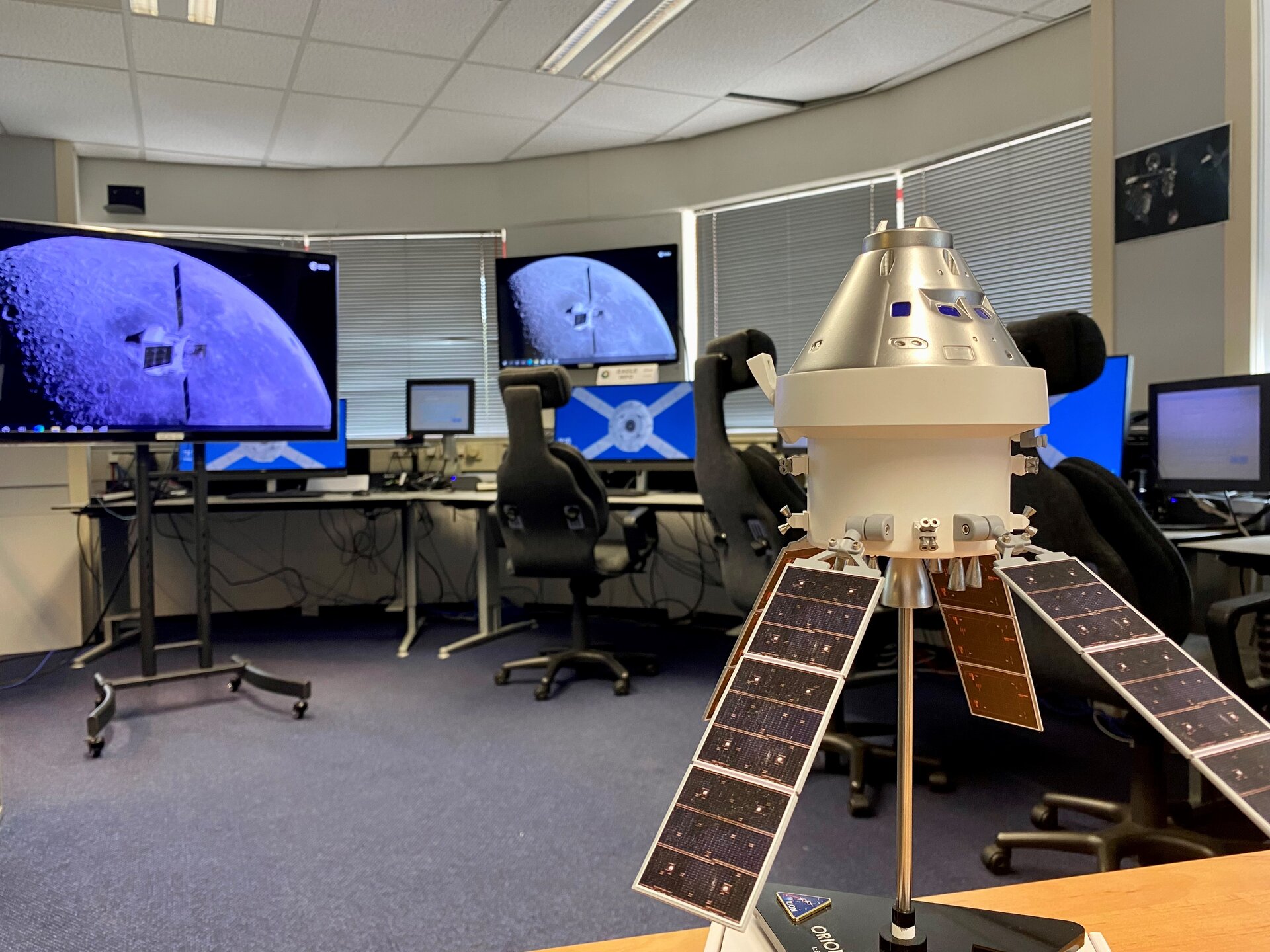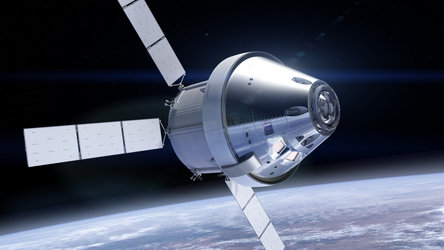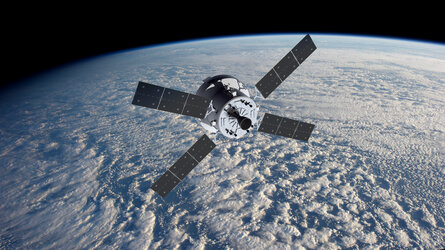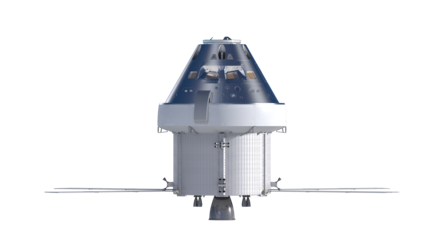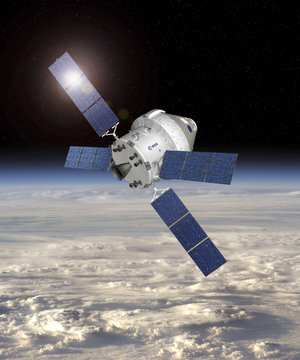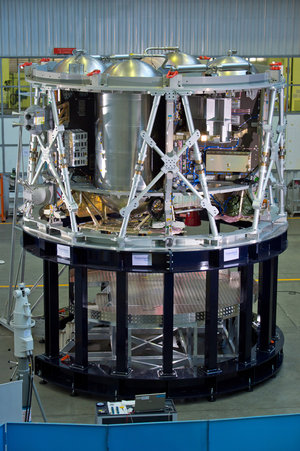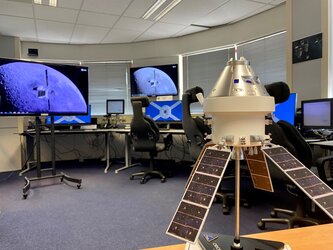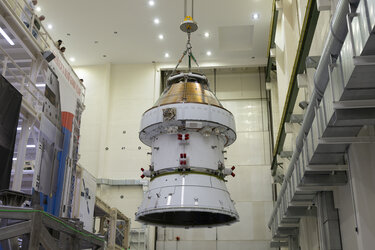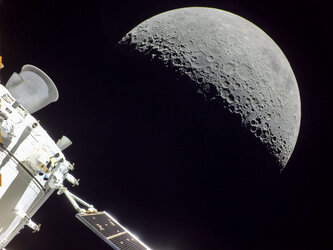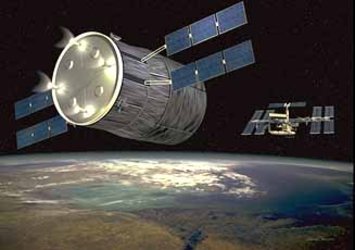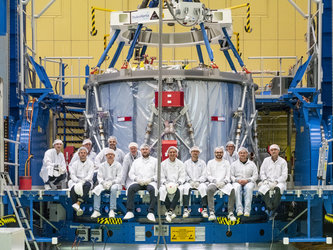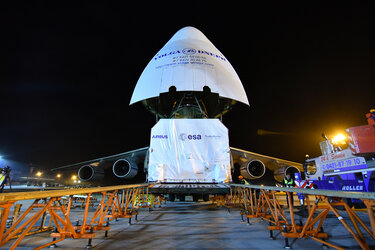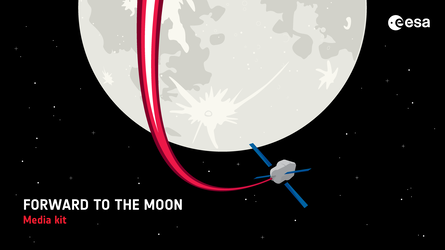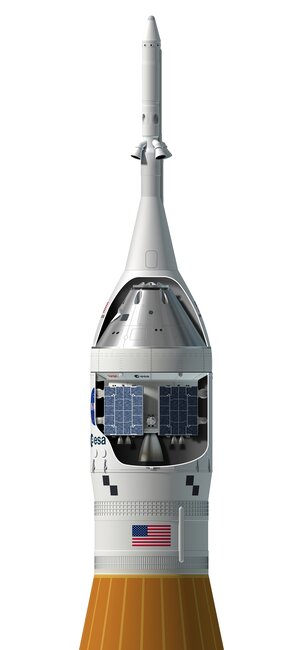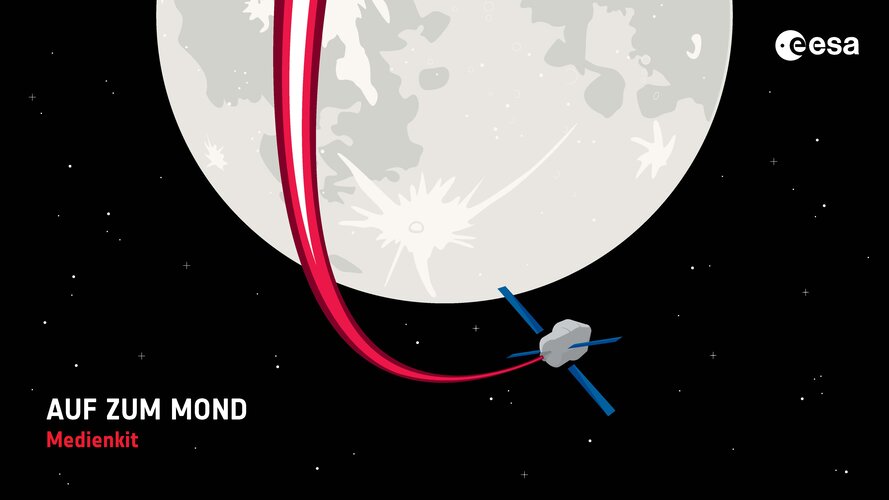How to fly Orion
No spacecraft flies without mission control, and the Artemis Moon missions with Orion and the European Service Module have an extensive flight team on ground reflecting the spacecraft’s international character.
The main mission control is based at NASA Johnson Space Center (JSC) next to the International Space Station control room. Here flight directors can send commands to Orion and talk to the astronauts in flight. For daily commands and routine flight operations these are where the main operations on Earth are performed.
Next to the mission control is the Mission Evaluation Room (MER) where experts with more in-depth knowledge are on hand to provide expertise on Orion systems during flight. Engineers from NASA and ESA monitor and recommend actions at all times during a mission.
In-depth expertise
Two centres for operational expertise are located outside NASA’s Johnson Space Center. In Denver, Colorado, USA, Lockheed Martin has a room dedicated to the Orion spacecraft as whole.
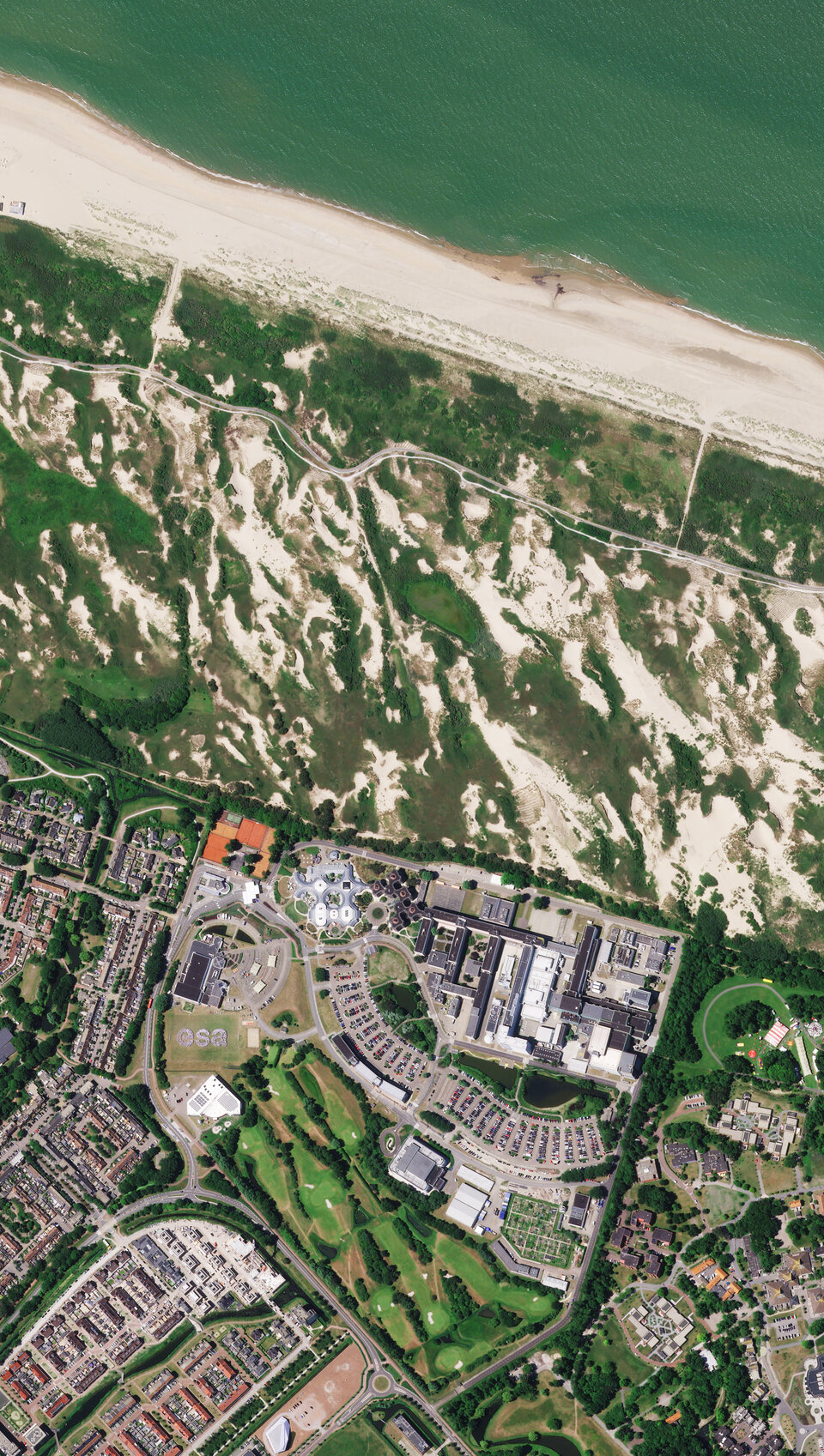
At ESA’s technical heart ESTEC in Noordwijk, The Netherlands, engineers monitor the European Service Module. Experts from ESA, Airbus and Thales Alenia Space constantly watch the European Service Module’s systems from countdown to launch and during flight. The operational team is located in the Erasmus Support Facility, a multi-purpose control centre which supports users from the International Space Station European Robotic Arm, ESA’s Columbus Space Station module and public relations teams.
The European Service Module engineers have their own console and computer with multiple screens to display the various engineering data received from the Orion spacecraft. The personnel on duty are “on console”. The teams talk to each other over voice-loops which are connected to the Johnson Space Center control room and are grouped by private circuits called “loops”. To select who to talk with the people on console use a dedicated touchscreen. The same system is used for International Space Station operations. The European Service Module call sign is “Eagle” followed by the system they are monitoring, so a conversation could start with “Orion MER, Eagle Propulsion on MER coordination loop 1”, for example.
Subsystems go

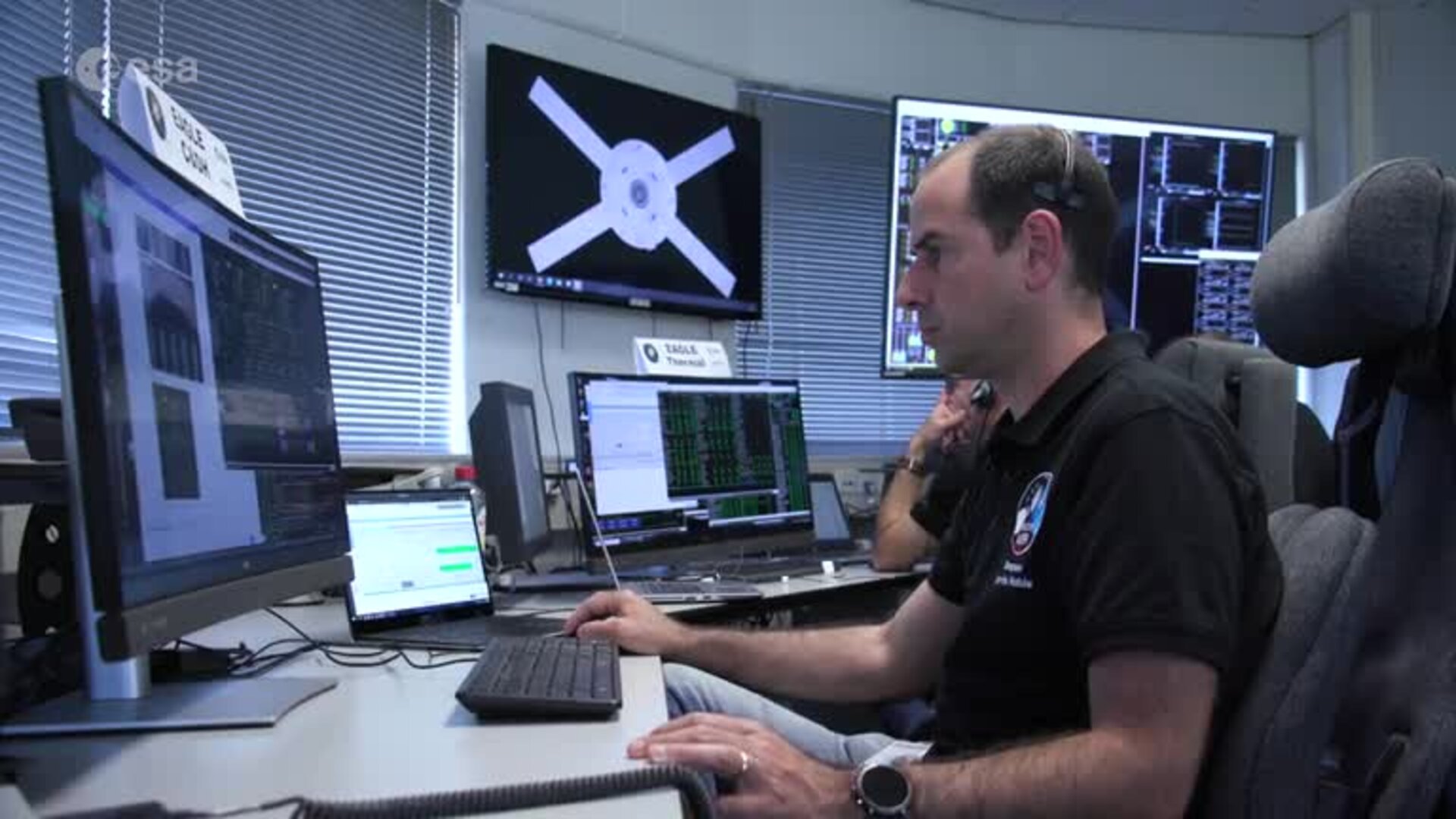
Access the video
With five consoles in the ESTEC Mission Evaluation Room, each European Service Module team member has specific aspects of the European Service Modules to monitor and assess.
- the spacecraft console acts as the conductor for an orchestra, monitoring the European Service Module’s performances and raising any key information to the Orion MER team. Another task is to coordinate the teams on both sides of the Atlantic.
- The propulsion console keeps an eye on the European Service Module’s 33 engines and many valves to monitor and ensure that propulsion behaves as commanded and expected. This includes the pressurisation of propellant and tanks, commanding the valves in a fine sequence of events, maintaining correct thermal conditions, as well as assessing its performances before, during and after firing. Without propulsion, no one is going to the Moon.
- The commands and data handling or avionics engineer at the "C&DH" console monitors the data network and traffic through the spacecraft to make sure that every command reaches its equipment, and that the equipment reports back, a health-check for the European Service Module equipment.
- Thermal control and consumables constantly monitors the temperatures around and within the spacecraft to ensure that heat and cold is kept or expelled into space as necessary to keep everything working at optimum temperatures. They will look at the high and lows recorded, as well as monitor trends over time to make sure equipment is kept within their operational temperatures. In addition, they will look at the storage and distribution of the consumables that the European Service Module holds: water, oxygen, and nitrogen.
- Mechanisms and Power. This post has two tasks and is responsible for all the European Service Module parts that move, the four solar wings, as well as looking after power generation, regulation and distribution. For example, the engineer on console will ensure that the batteries maintain a sufficient charge to take over supplying electricity from the solar wings when the spacecraft flies in the eclipse of the Sun.
- Safety is a separate job and supports the spacecraft console. In human spaceflight safety always comes first. Safety helps spacecraft console to monitor and assess the critical phases of the mission. Safety also helps assess the European Service Module’s remaining capabilities and fault tolerance if ever something fails. Their job is basically to answer the “What if?” questions, to identify the next worst-case failure that could trigger, for instance, an early return to Earth to keep the crew safe.
Setting the scene with simulations
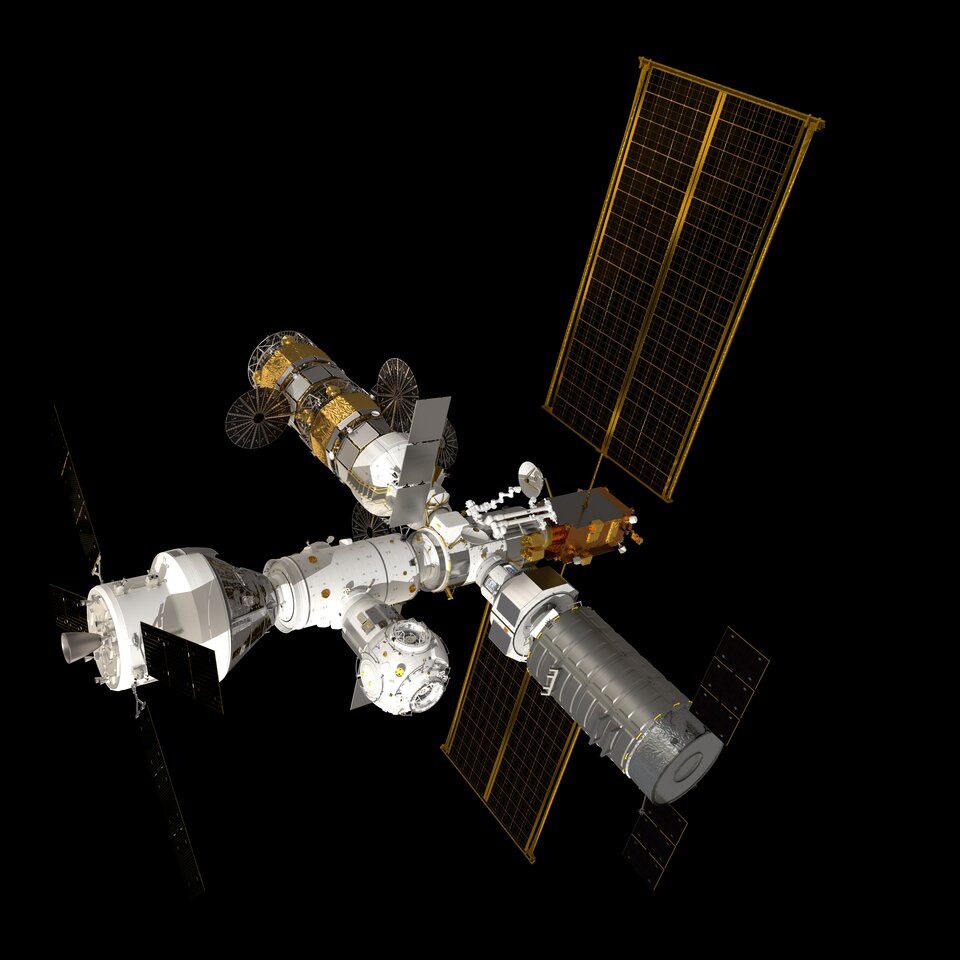
Many simulations are held to get a feel for the spacecraft, practice scenarios and validate procedures. Computers and simulators can virtually recreate the whole mission from launch to splashdown, and different elements can be tweaked so mission controllers know how to react to each possibility.
During simulations, everything that can go wrong in a virtual Artemis mission does. By making the exceptional routine, mission control will be ready for anything. There is never a boring moment, but the scenarios that are played out are highly unlikely to occur during real flight. A cascade of simulated errors for a three-day scenario will often start at a certain point after launch during a mission, such as a few hours before entering lunar orbit – the rest is a surprise for the personnel on console.
The international team’s reaction to a simulated failure is often more important than the failure itself. The first ESA–NASA joint simulation was run in March 2021 and since then the teams in three cities across both sides of the Atlantic have been working in eight-hour shifts as they will be during an Artemis mission – everything to get ready for the real thing.

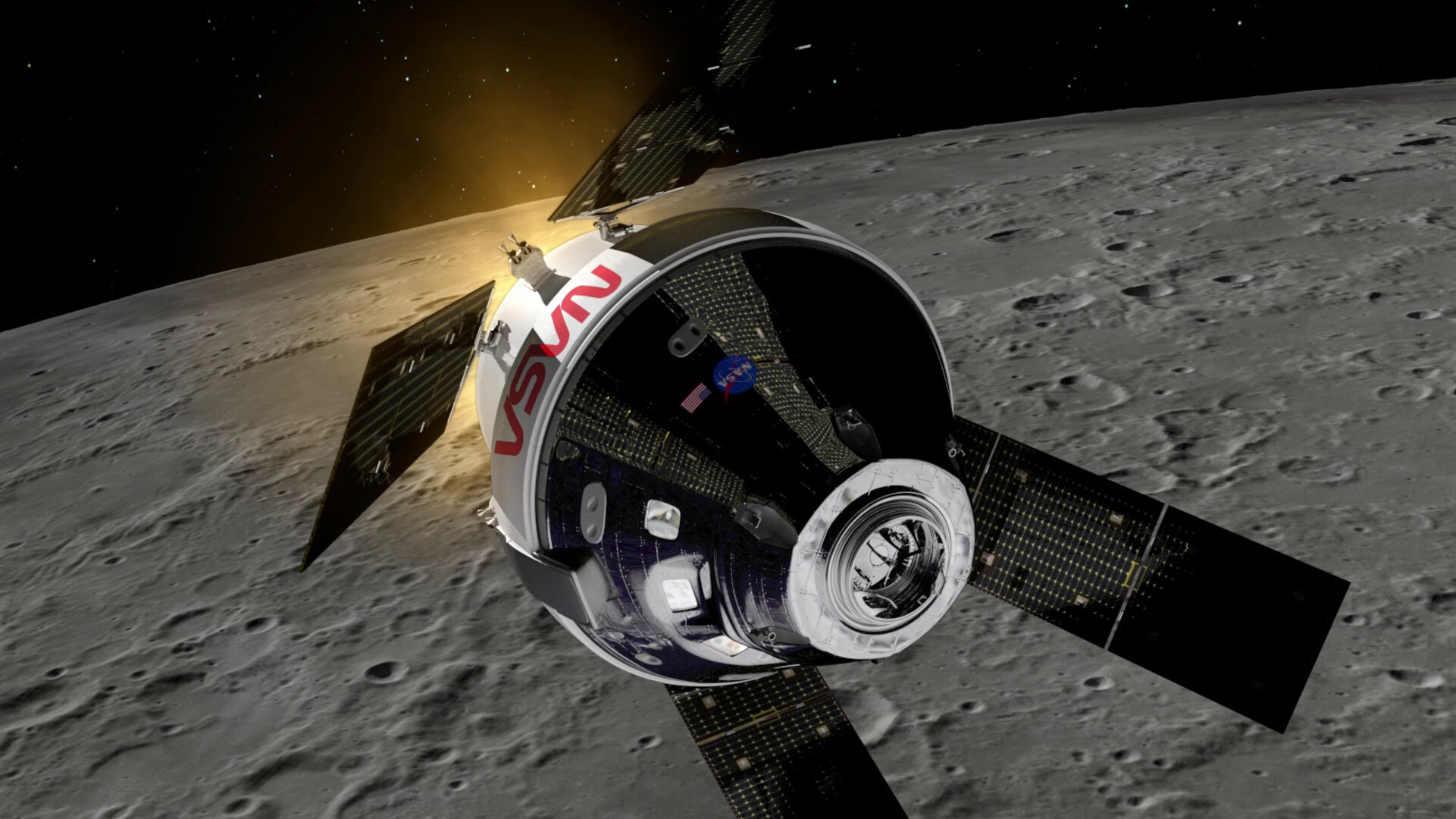
Access the video


